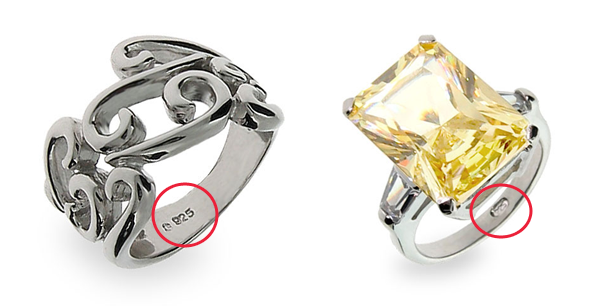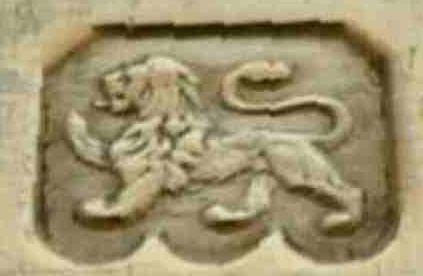Explain Silver and Sterling Silver
Silver should be .995 (or 99.5%) pure silver to be considered "fine" silver. Sterling silver is .925 (or 92.5%) pure, with the balance of metals added for a variety of reasons, including hardness and workability.
Sterling silver should have a stamp. The stamp should either be ".925" or "sterling silver". Occasionally, you'll find other markings, including the Lion Passant Mark (see picture), which is the British mark for .925 Sterling Silver. Keep in mind that there are many variations on just this mark. I've found that if it's a lion with one foot up, then it's a fairly good indication it's sterling silver.
Why does sterling silver tarnish?
Many owners of sterling silver jewelry notice that their piece beginning to tarnish over time. They then question whether their jewelry is authentic sterling silver. Tarnishing happens naturally as a process of oxidation, when the metal reacts with the oxygen in the air to dull the surface of the jewelry, often giving it a black color. Pure silver is not very reactive, and ordinarily would not react with the air so easily. However, copper reacts with oxygen easily by nature, and since sterling silver is usually composed of 7.5% copper, the jewelry becomes subject of tarnish more easily.
Hallmarks
We have a great many customers who enjoy going out looking for sterling silver. It can be a little confusing at times, as stampings are often difficult to interpret. So, for those of you who enjoy going on 'treasure hunts', here's a couple of sites that provide great reference:
Online Encyclopedia of Silver Marks, Hallmarks and Maker's Marks
http://www.925-1000.com/
Antique Jewelry University- Hallmarks
http://www.langantiques.com/university/Hallmarks



